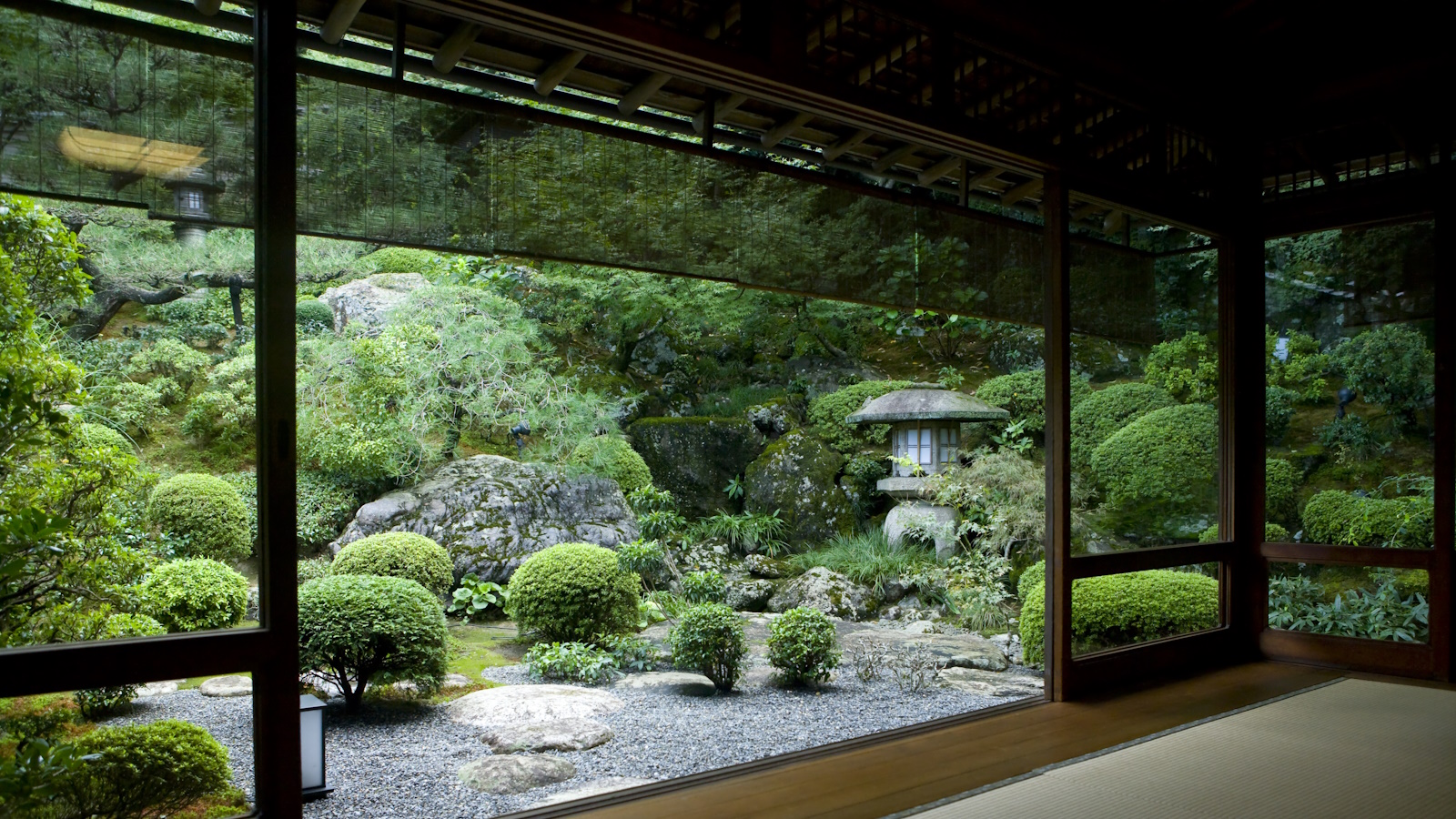
Looking to transform your plot into a haven of serenity? Our small Japanese garden ideas will be sure to help you on your way. This ancient style of garden uses symbolism and simplicity to encourage mindful rest, meditation, and a deep appreciation for nature. And, with every feature carefully considered with an emphasis on control, Japanese gardens make a perfect alternative to our other small garden ideas.
You may have heard of garden designer Kazuyuki Ishihara, a multiple gold medal winner at RHS Chelsea Flower Show. He has mesmerised many with his stunning works - often on a small scale compared to some of the larger show gardens. But although Japanese gardens can be practically a form of art, don’t feel daunted to create one yourself.
It can in fact be very simple. Japanese gardens are all about imitating and condensing nature. This can be done with planting and rocks, for example, to symbolise natural elements such as mountains and streams. Here's how you can recreate the Japanese style in your small yard - from an array of beautiful plant suggestions to tips on cloud pruning, gravel gardens and more.
1. Recreate water with a rock and gravel garden
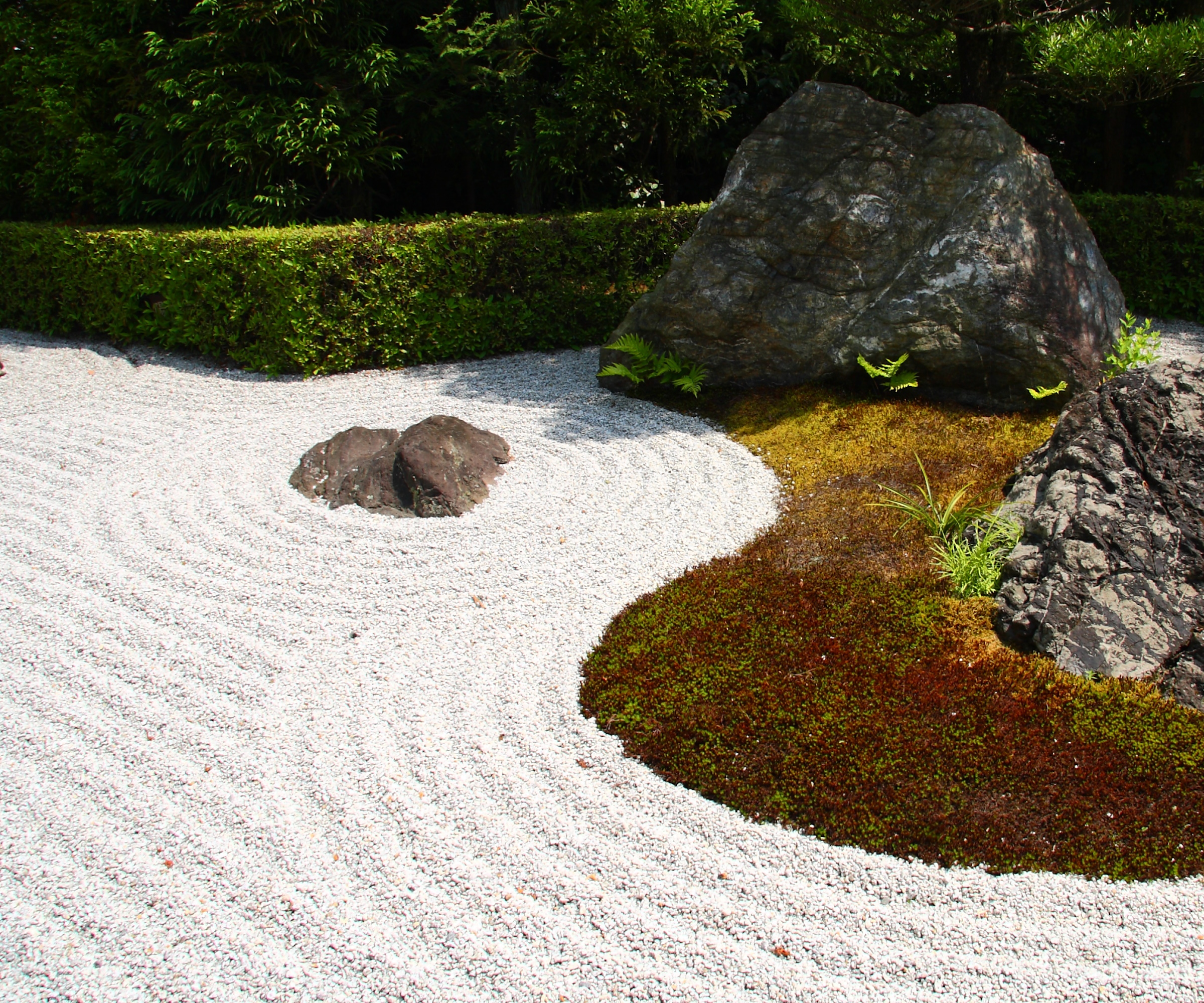
Japanese rock gardens are all about embracing calm, balance and mindfulness. They often represent a place of retreat to reset after a day in our busy modern lives.
Raked gravel is used instead of grass, to interpret water ripples. Larger rocks can be used to resemble mountains, or islands, rising from the ‘water’ below. Light, small-sized gravel works well, such as this white gravel from Walmart, and then, using a hand-held rake, you can create swirls and lengths of patterns. And you can change the raked design whenever you like, depending on how the mood takes you.
‘Japan is a very mountainous land and is blessed with many different rocks, but rocks are heavy, so usually a garden is constructed with local stone,’ says Jake Davies-Robertson, Botanical Horticulturist at the UK's Royal Botanic Gardens, Kew.
‘Stones are often selected or arranged to represent mountain ranges, cliffs, or rocky outcrops, or just because they are particularly beautiful.
‘In many cases, the rocks are seen as more important than the plants in the garden, as in karesansai, or dry gardens. In karesansui, the plants provide a backdrop or small flourishes around the rocks.’
2. Choose miniature with trees
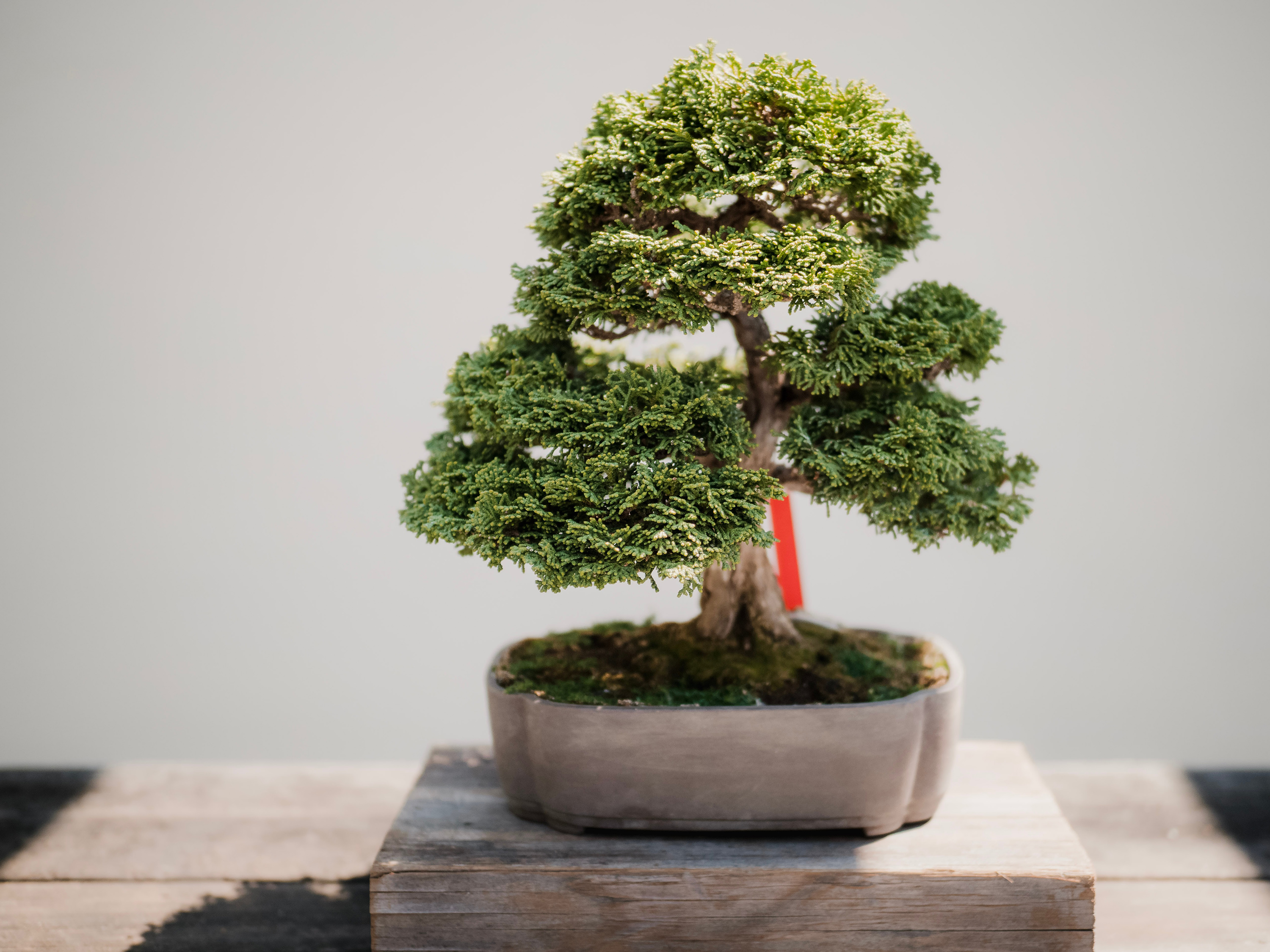
You may have heard of bonsai, often used in Kazuyuki Ishihara’s award-winning gardens. Whilst 'niwaki' is a term referring to cloud-pruned trees planted in soil, bonsai goes smaller again, and is used for tiny trees grown in pots. Surprisingly, whether bonsai or niwaki, the genetic size of the trees’ does not differ. They are just trained in slightly different ways.
For niwaki, popular evergreen varieties to choose from include box, Japanese privet, or pine. When it comes to bonsai, all kinds of tree types can be trained. However, it’s quite easy to find ready-trained varieties in garden centres, saving you a job.
A niwaki or bonsai would make a stunning focal point in a small backyard, or even on an outdoor shelf.
3. Have a go at cloud pruning
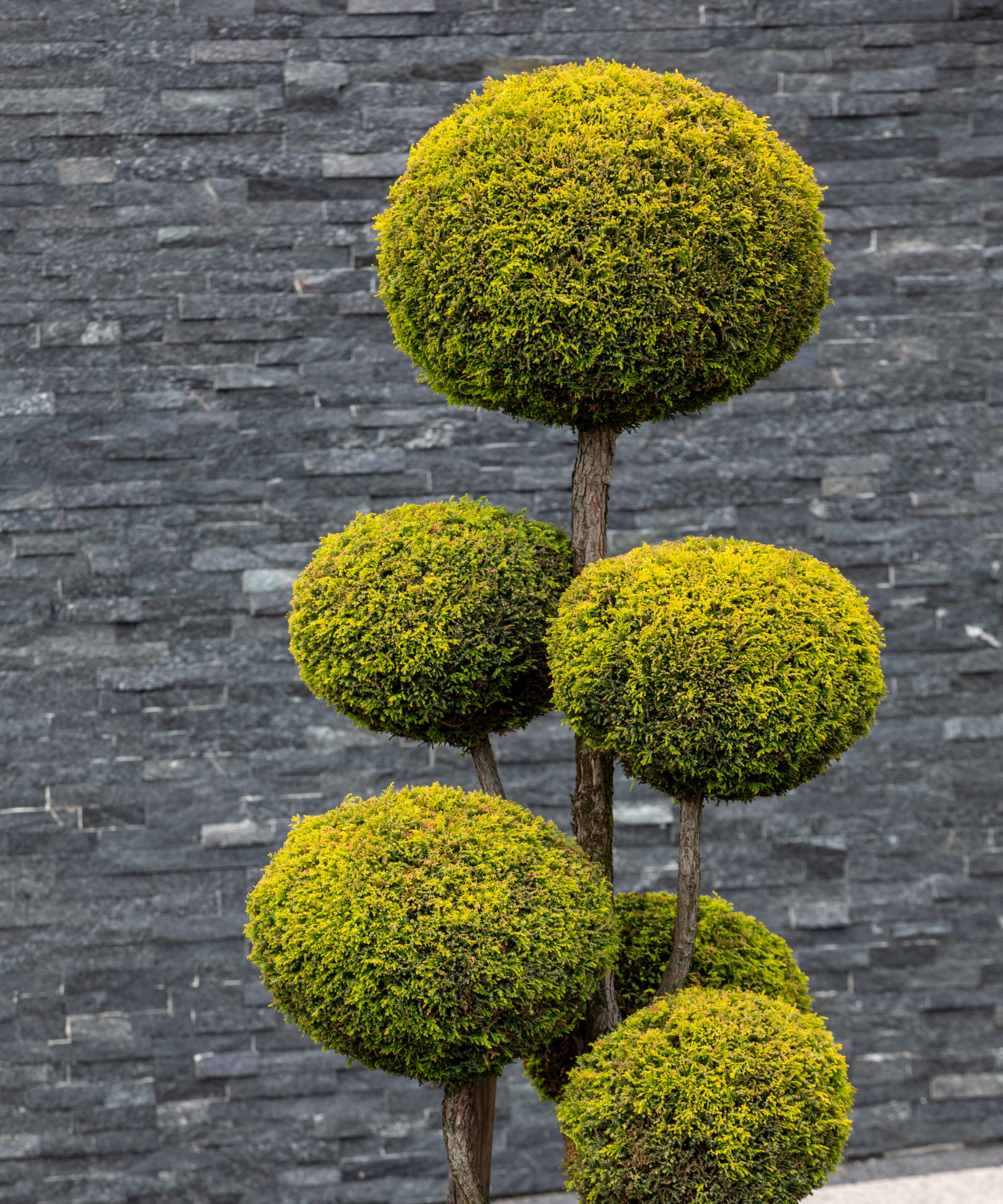
Pruning is a key feature of Japanese gardens. Cloud pruning is a method you often see in English topiary, but one that rings true to Japanese gardens the most.
Niwaki is often pruned this way, but so too are lower-lying shrubs – dwarf azaleas, for example, once their flowers are over. It's all about making soft, sweeping forms that are reminiscent of clouds, and the effects are stunning.
To get started with effective cloud pruning, the right tools are paramount. The Felco 2 pruning shears, available from Amazon, are our team's go-to when it comes to pruning kit.
4. Try color-changing leaves with a potted acer
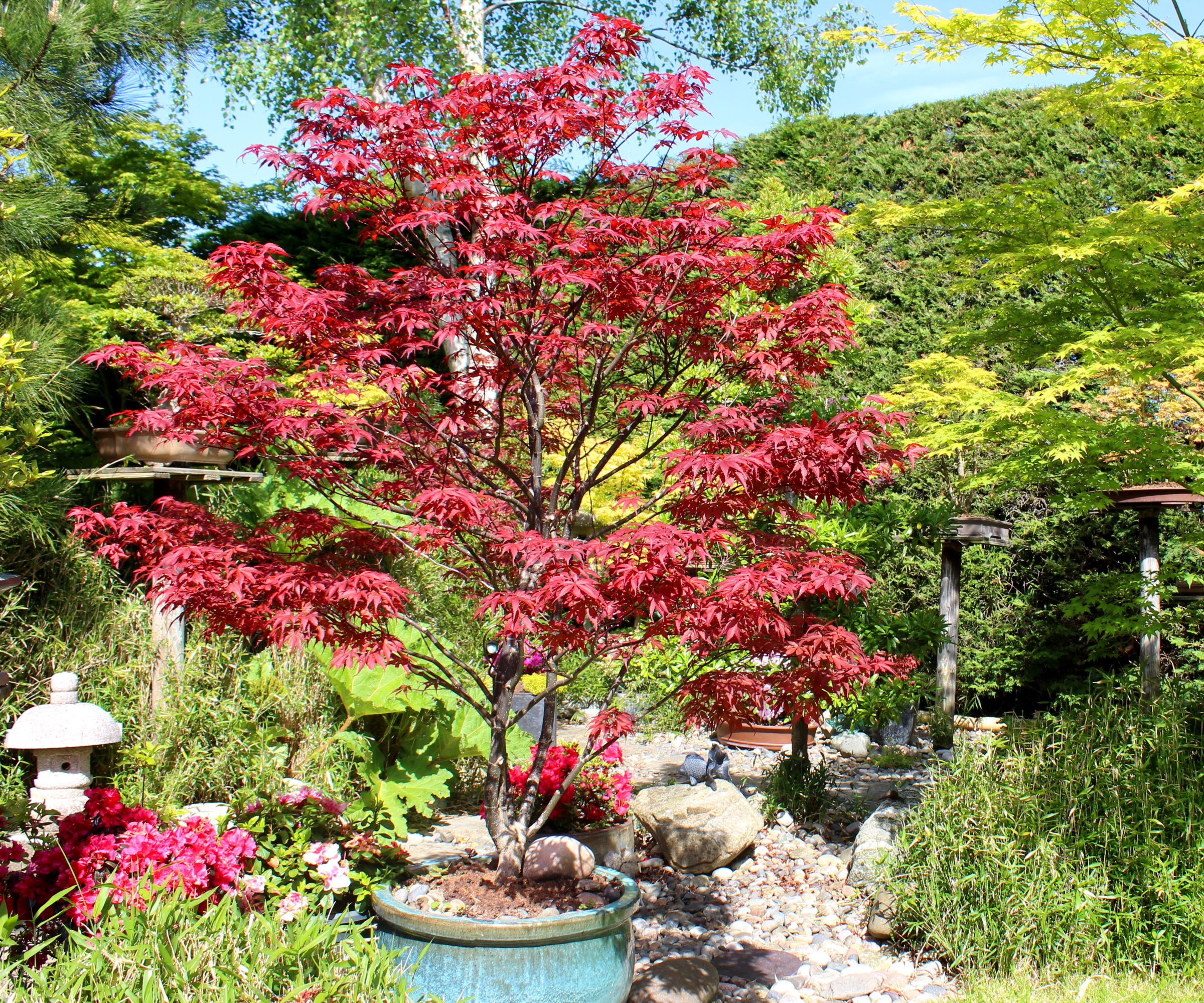
Acers, otherwise known as Japanese maples, are a species of tree with hundreds of different varieties. They are small-to-medium-sized and offer bold color, which often changes from summer to fall.
Simon Tetlow, Head Gardener at Tatton Park, describes their importance in the Japanese garden as being one of four principal actors for the garden’s ‘framed stage’ – the other three being pine, azalea and moss.
For a dramatic spectrum of color throughout the seasons, try Acer shirasawanum ‘Jordan’. It has orange-yellow leaves in spring, which turn to a refreshing zing of green in summer, followed by a deep red in winter. It’s great when positioned in a pot on a small patio, due to its compact form.
Love acers? Read how to grow Japanese maple trees and create year-round interest in your garden.
You can find a range of vibrant Japanese red maple trees from Nature Hills.
5. Go for blazing red foliage
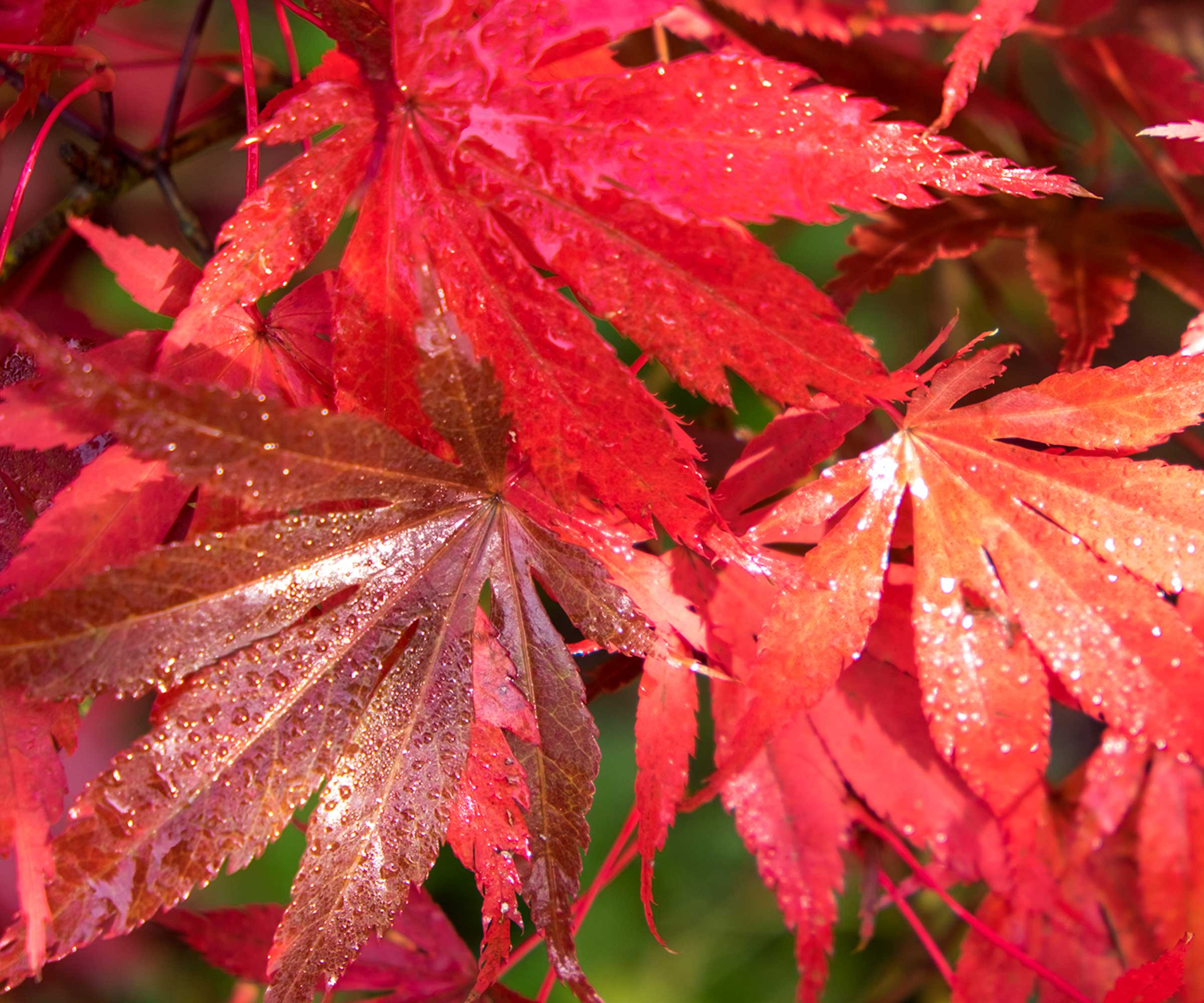
If you have a bit more space and want to really embrace the glorious acer, then why not go for something slightly larger? Acer palmatum ‘Sherwood Flame’ is a very popular choice for a larger tree but still suitable for small plots, as it grows up to 5m tall. Its leaves change from red-purple to bright crimson.
Taller acers can also be trained by weighing branches down – to create low-hanging canopies. You need to shape them carefully to ensure they are open enough for light to filter through. This will create an attractive, dappled shade effect, beautiful in a small space.
6. Grow Japanese vegetables

If growing your own food is an important part of your garden, and you’re opting for a Japanese style, then how about growing some Japanese vegetables?
The purple-skinned ‘Murasaki’ sweet potato has a nutty flavour and edible leaves. Plant it in spring for an August to September harvest. The ‘Samurai’ carrot is another Japanese variety, with bright red coloring and sweet flavour.
Or, why not try growing a ‘Kabocha’ squash? These small, green-skinned pumpkins have an orange flesh that’s rich in nutrients and delicious for both sweet and savoury recipes.
7. Plant vibrant Azaleas
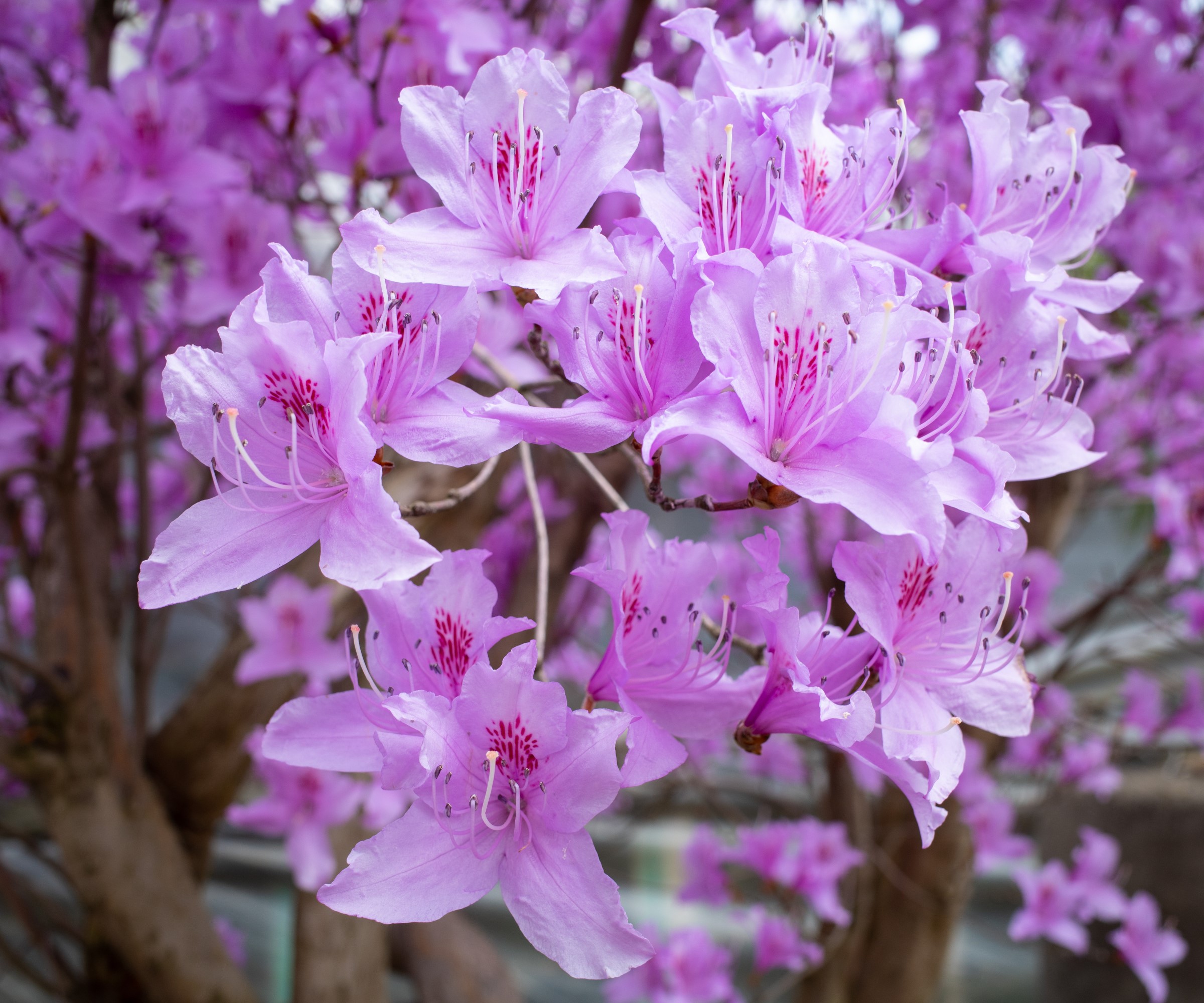
Azaleas are commonly seen in Japanese gardens, with their brightly colored blooms. There are plenty of dwarf varieties to choose from, which suit small gardens perfectly.
Evergreen types will provide greenery all year and can be pruned to form shapes, such as spheres or the aforementioned clouds. You could even experiment with ‘O-Karikomi’ where multiple plants are pruned together, to form one, dense shape.
They can grow happily in pots. Try Azalea japonica ‘Diamond Red’ for masses of red flowers, or ‘Geisha Purple’ for spectacular lilac blooms.
8. Fill the air with cherry blossom
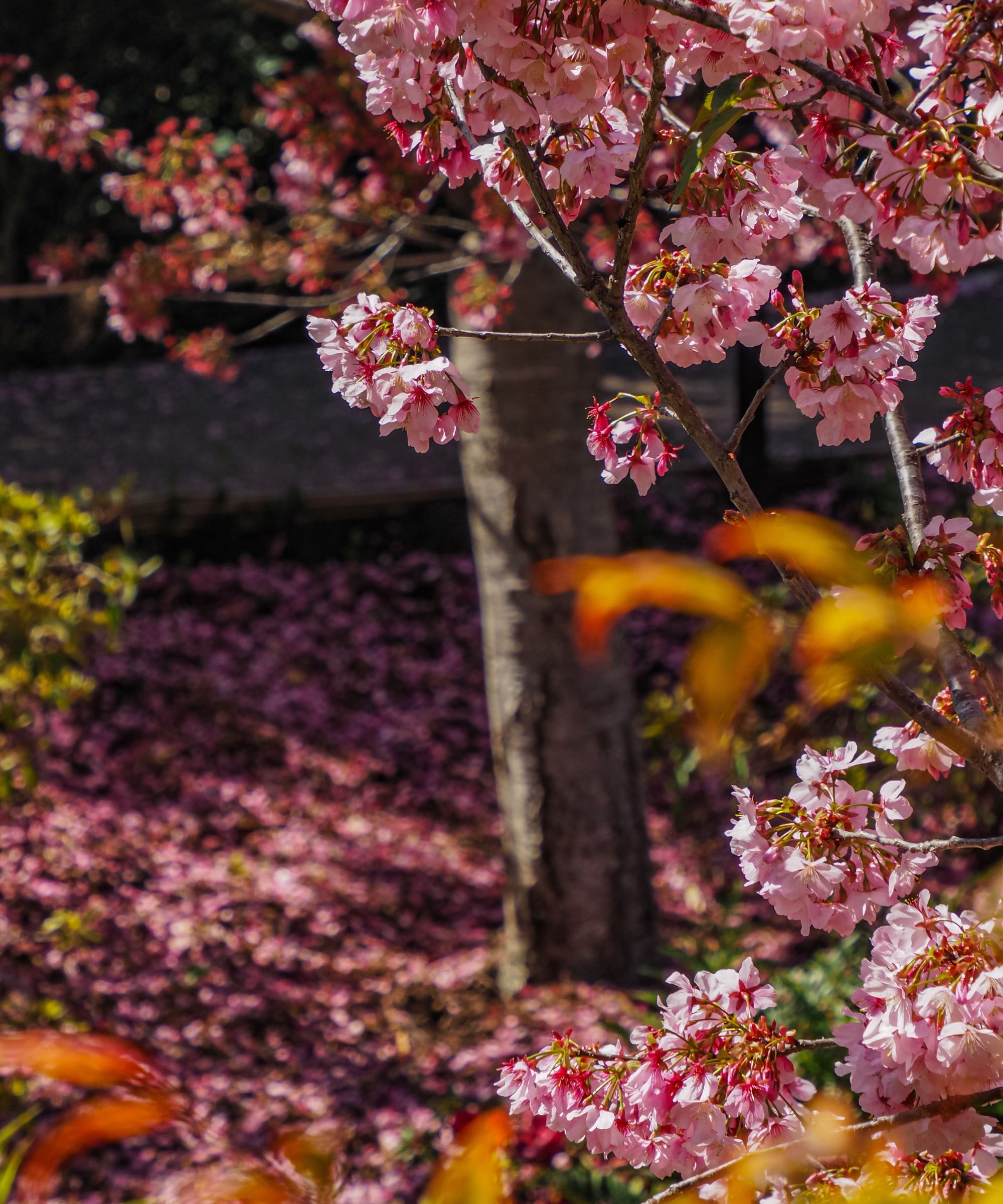
When you think of Japanese plants, cherry blossoms may be one of the first that springs to mind. Their clouds of pastel-pink flowers in spring are truly stunning. They are perfect for small gardens, as they don’t grow too tall.
‘Accolade’ has masses of semi-double flowers and a broad canopy, which you could tuck further plants and even seating beneath for a delightful view. It also benefits from fall color, with its foliage turning a spectacular orange.
For a small variety, try 'Kojo-no-mai'. It’s a perfect choice for pots as it grows only up to 2.5m tall, in a neat, compact shape. It has lighter flowers – more white than pink and again, offers fall color.
9. Add a zen-like water feature
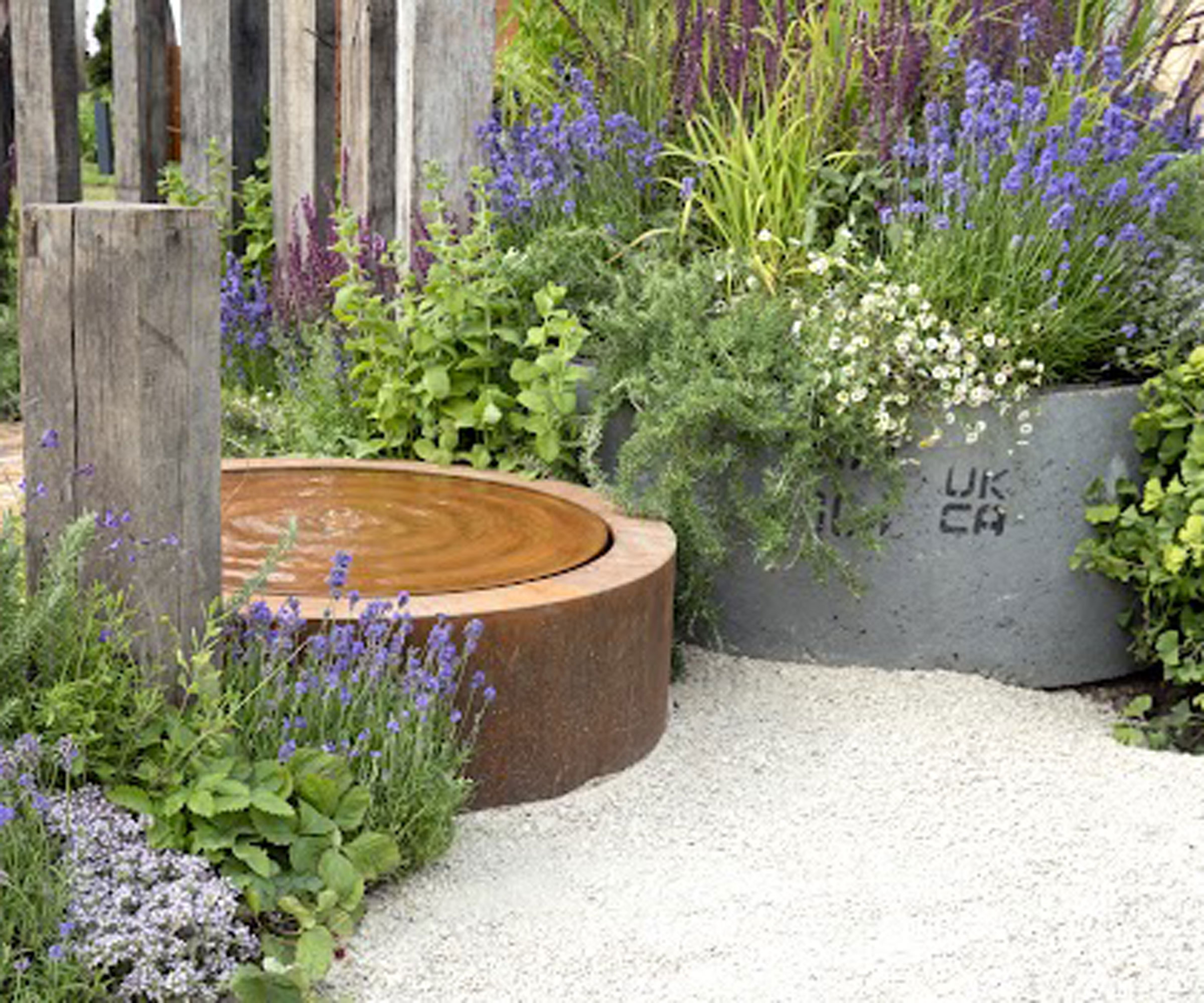
Japanese gardens are calm places to be – and what’s more calming than the gentle sounds and sight of running water nearby? Even in the smallest plots, water feature ideas will offer an extra boost of ambience. They are also good for passing wildlife.
Go for simple styles – think stone bowls, or a Shishi Odoshi. These are made of bamboo, and create a sound which was traditionally meant to scare away deer. However, the periodic sound is really quite soothing and will add to the sensory experience of your garden.
10. Create a calming fish pond
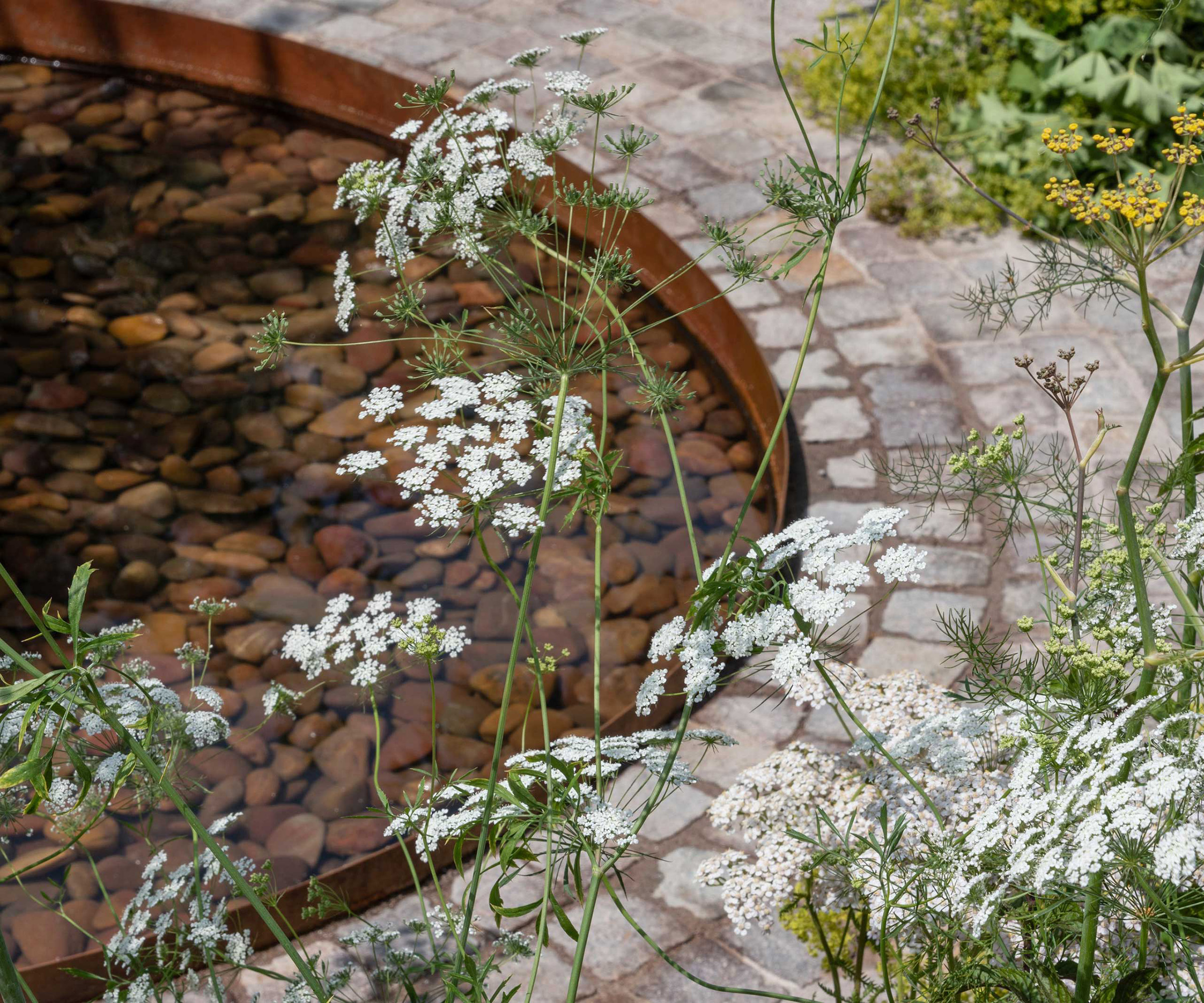
Koi carp are often associated with Japanese culture, so it’s no surprise that Japanese gardens often include a pond. However, koi can grow very large, and so need large spaces to accommodate – we’re talking 4ft deep and at least 6ft wide.
Obviously, this isn’t practical for small gardens, but choosing the smaller and easier-to-look-after goldfish will have just as good an effect. Similar to the koi, goldfish come in a variety of colors – from orange, red, white and black.
Look out for the Shubunkin variety, which is of Japanese origin, and has a spotted appearance and long fins.
11. Enjoy spring blooms with a miniature magnolia
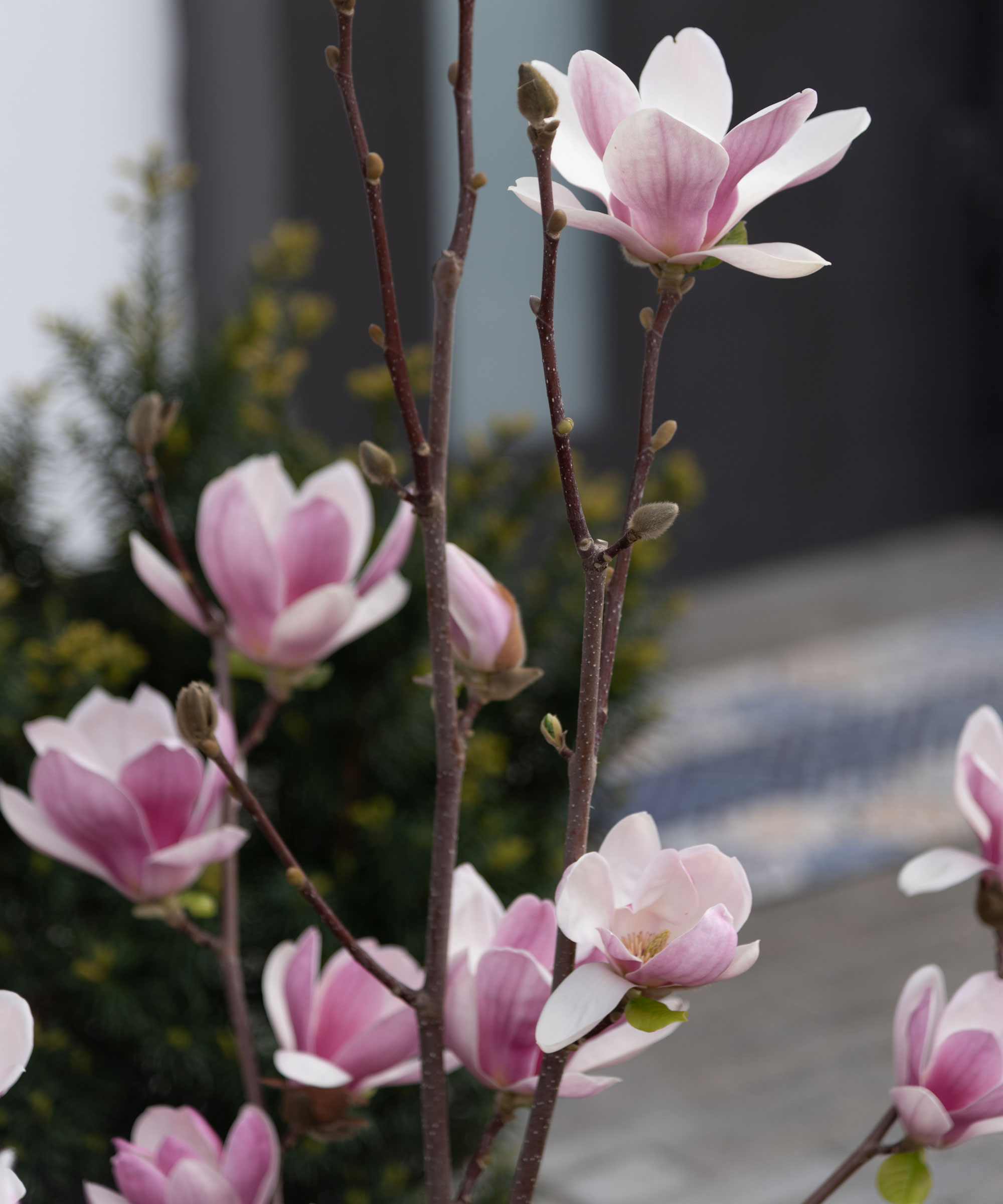
Magnolia trees are one of our favourites and make a beautiful addition to the small Japanese garden. Whilst many varieties are large, there are plenty of smaller trees to choose from. Even ones that are suitable for containers.
Magnolia liliiflora 'Nigra' is an award-winning, early flowering kind, with deep purple flowers and a compact structure. Magnolia stellata is another fantastic small-space option, featuring starry-shaped blooms in a dazzling white, and will do very well in pots.
12. Create a path from stepping stones

Stepping stones allow you to pay more attention to your surroundings, as you mindfully manoeuvre from one stone to the next. You can use them to create a winding path through your beautiful Japanese garden.
Set into gravel, grass, or even moss, they will give your space a playful yet considered air. We've got plenty more inspiration for you in our garden path ideas feature, too.
13. Get creative with moss
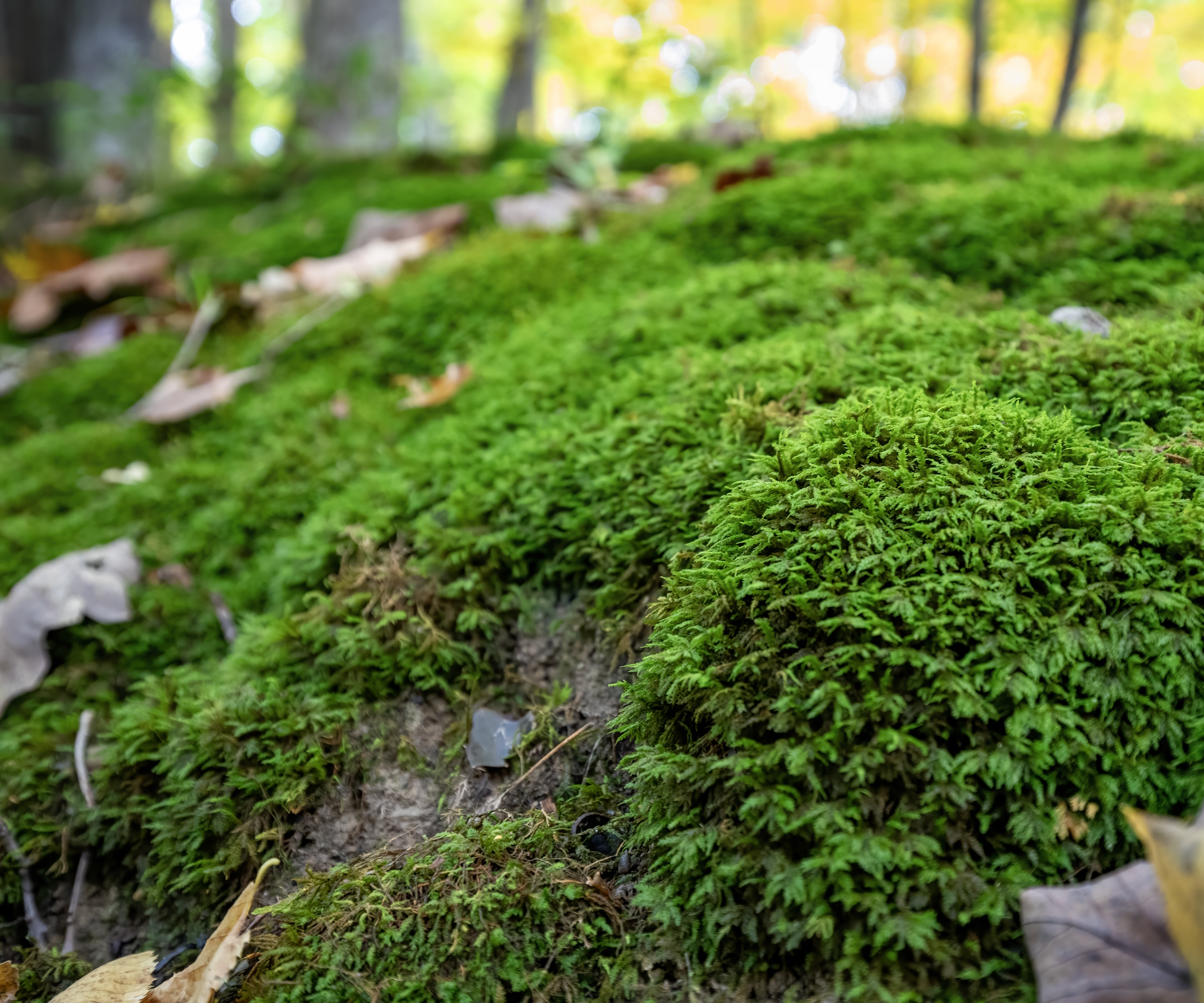
Growing moss is a staple for many Japanese gardens. It is encouraged to grow in soft, carpet-like mats – covering rocks and garden ornaments in plush, cool mounds.
Not only does it add a sumptuous look, but it also cleans the air. It generally needs quite humid conditions and a bit of sun – if the conditions are right, it will begin to spread. If you’re adding moss to soil, ensure it is weed-free and well-watered first, then press the pieces of moss against it.
14. Train wisteria up trellises
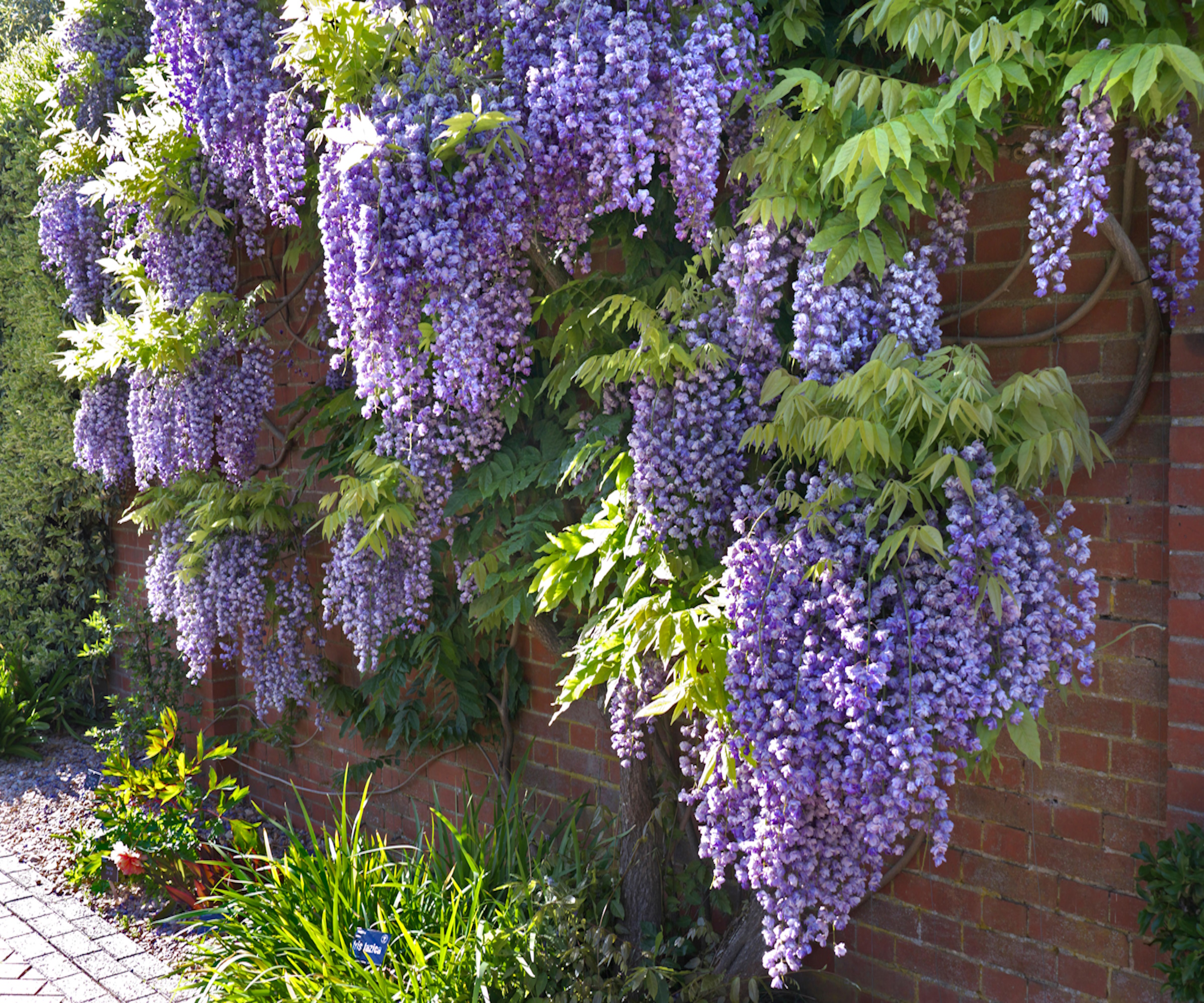
Wisteria looks almost magical, with its elegant cascades of blossom. In Japan, thousands flock to admire the wisteria tunnel at the Kawachi Fuji Gardens come spring, and it’s easy to see why.
Although a tunnel might be a step too far, wisteria can still flourish in smaller plots – just be sure to prune it properly, twice annually. ‘Domino’ produces scented, blue-lilac flowers from a young age, and looks stunning supported by a garden fence or sturdy trellis.
Wisteria 'Amethyst Falls' is available from Nature Hills - it starts producing blooms from a young age and will thrive in hardiness zones 5-9.
15. Add height with bamboo
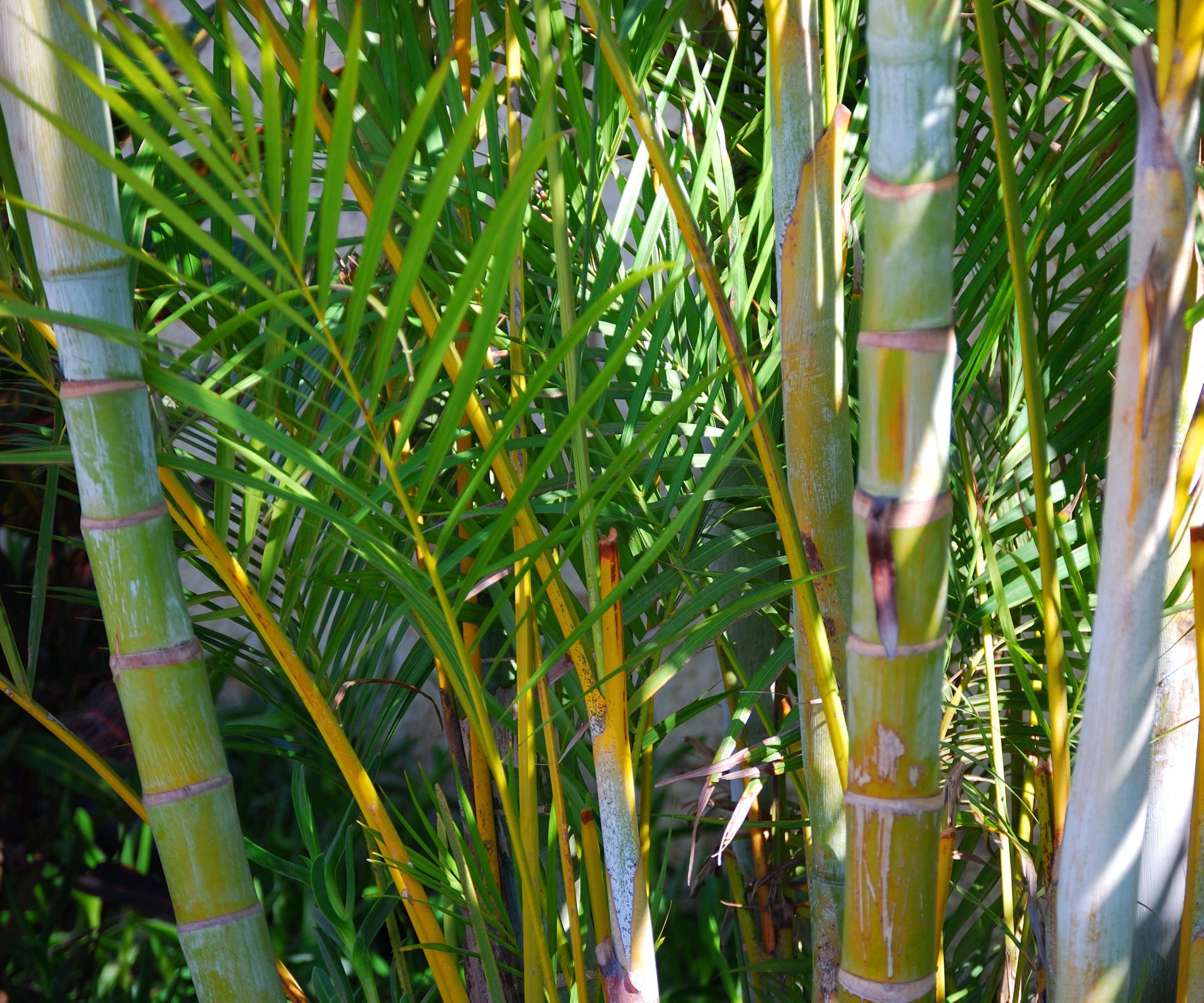
Keep bamboos under control and they can offer stunning structure and foliage to even the smallest of plots. Choose clump-forming varieties and always plant into large containers to avoid them running rampant across your yard.
Planted in moist, but well-drained soil, bamboo can create lush green screens for privacy, or be positioned at the back of borders for height and interest.
Fargesia murieliae ‘Luca’, is great for pots, and Himalayacalamus hookerianus, for striking, colorful stems in hues of blue to gold.
As we’ve mentioned, popular Japanese garden plants include acers, azaleas, bamboo, moss, magnolias, and cherry blossoms. But, if you’re after even more plants to fill your Japanese-inspired space, you’re in luck.
Rhododendron – azalea’s big sister – can be seen in larger gardens, as can hydrangeas with their showy heads full of blooms. Ornamental grasses are another good addition; try Ophiopogon planiscapus 'Nigrescens' for striking purple-black leaves. Ornamental quinces add color for early spring (try 'Geisha Girl’ for apricot-hued flowers), as do camellias.
There are also a whole range of specialist Japanese gardening tools that can help and inspire you along the way when it comes to designing and planning your small Japanese garden ideas - and our expert round-up reveals which ones tested best.







